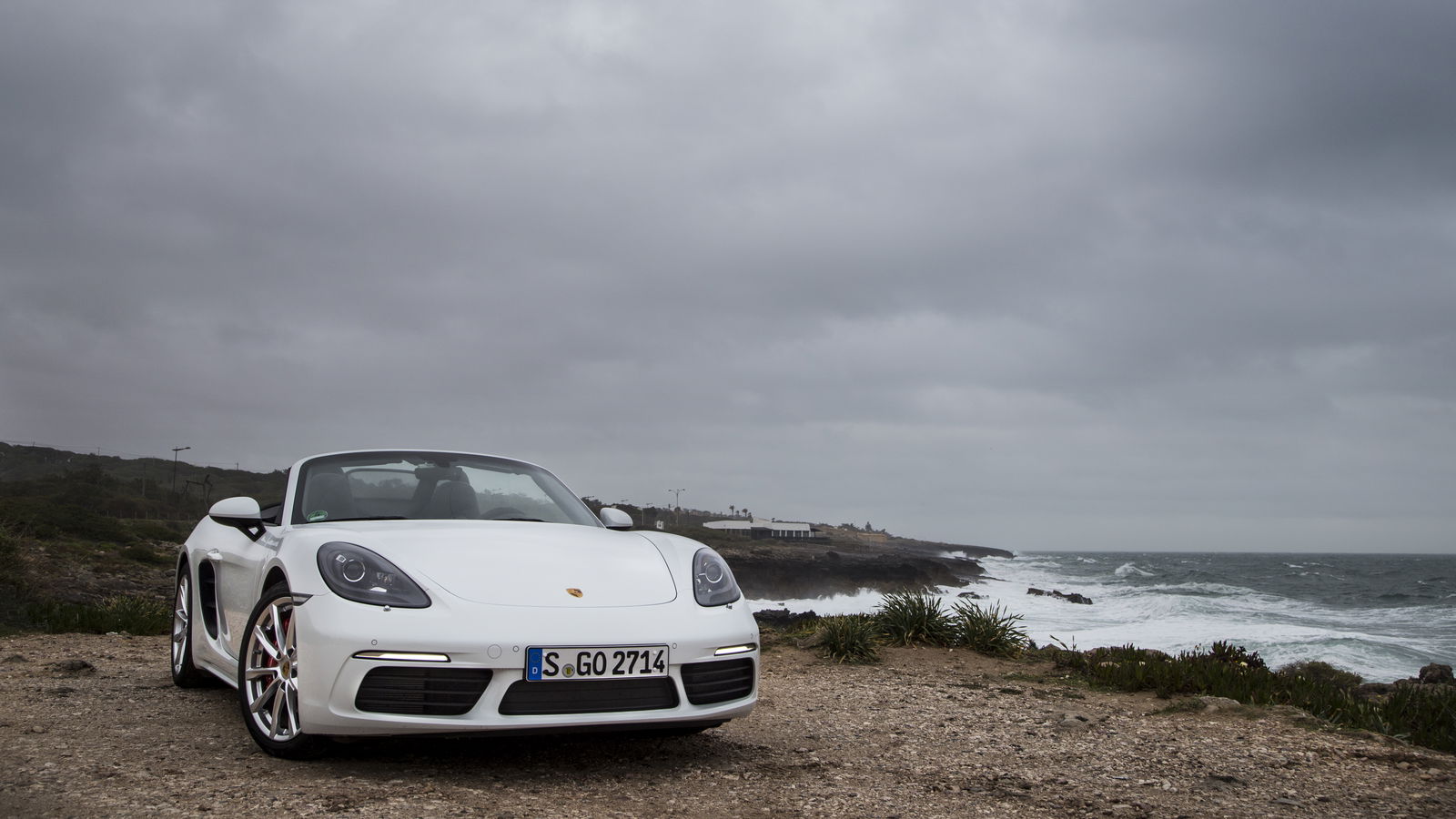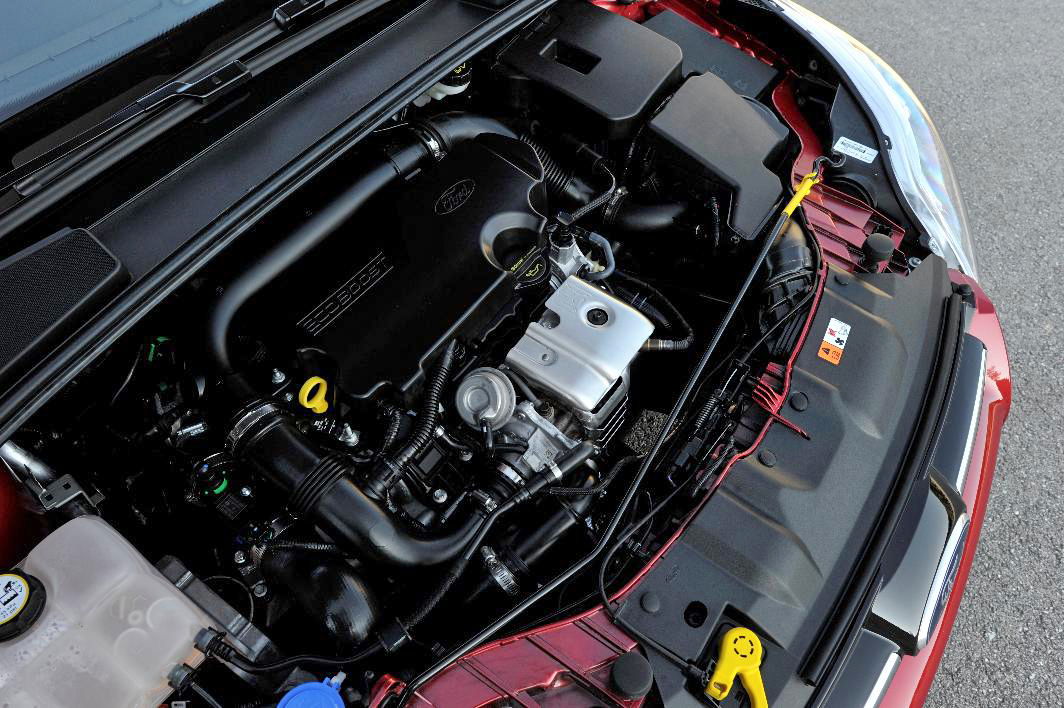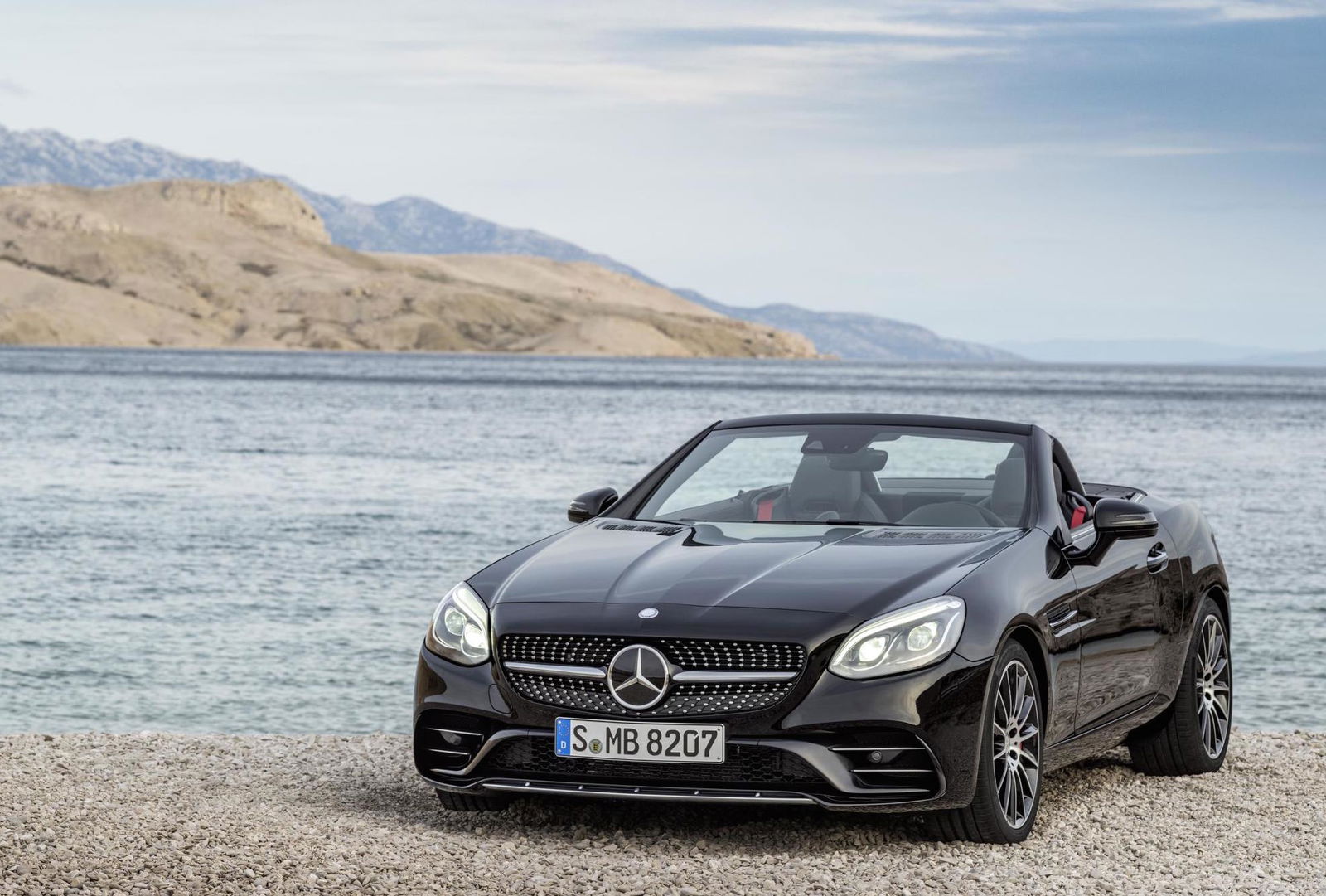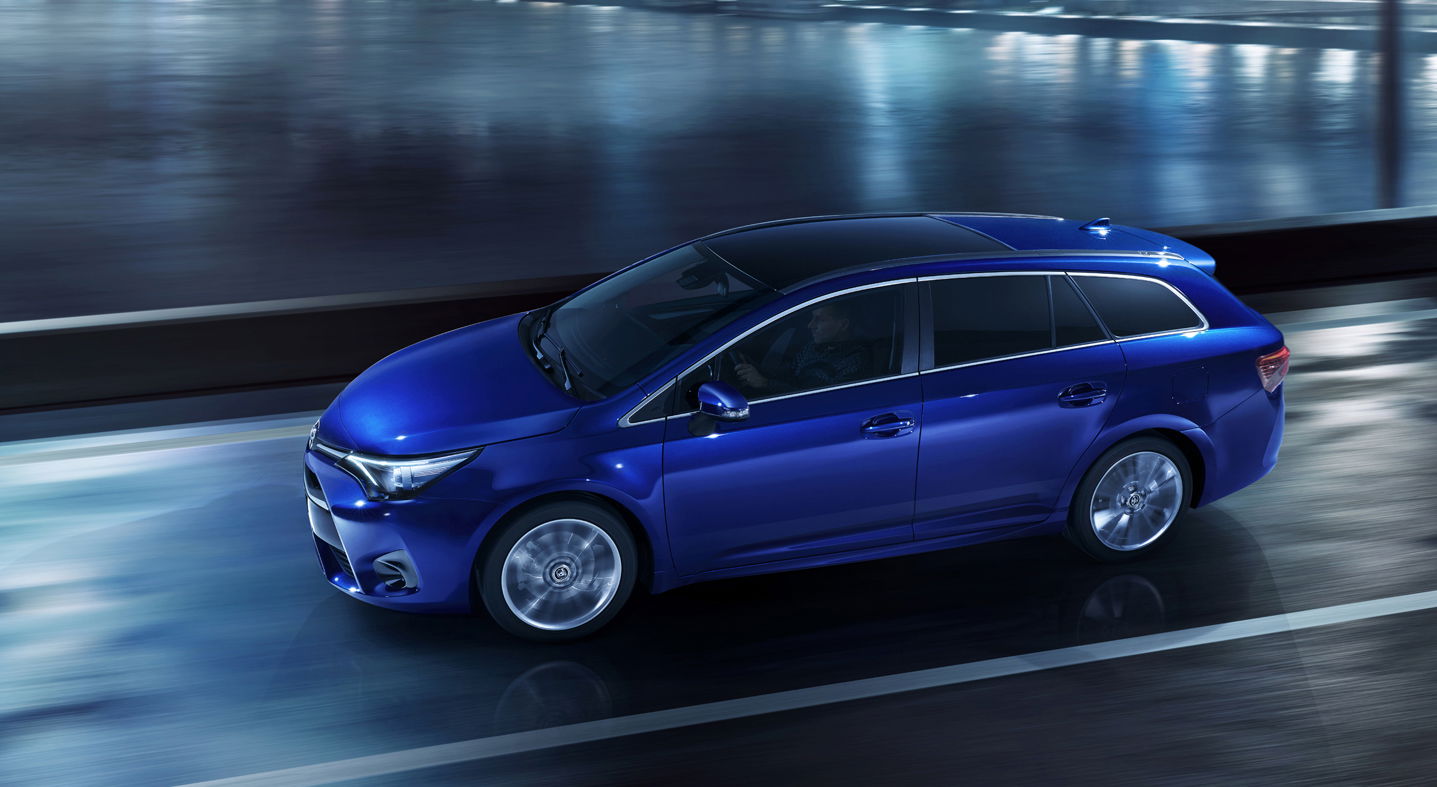Car Makers Are Finally Admitting That Downsizing Was A Stupid Waste Of Time And Money

As egg-on-face moments go, the industry-wide realisation that downsizing engines was actually a really stupid idea should be a big one, but it’s being swept under the marketing rug.
The fact is that those of us who always said that it was idiotic to stick tiny turbocharged engines in anything bigger than a shoe were right. Car makers are beginning to raise the CC count again in the wake of studies proving that real-world fuel consumption in newer engines is getting worse and that actual emissions levels are about as close to the official stats as tofu is to bacon.
There are companies that never really bothered with downsizing in the first place, like Lotus. Fair play. Mazda thought about it, did the maths and worked out it was a stupid idea, hanging on to its 2.0-litre petrol and 2.2-litre diesel engines but smashing everyone else’s real-world efficiency figures at the same time.

For most other firms, though, downsizing became a main pillar of their business models. It’s everywhere, from Ford’s dinky 1.0-litre EcoBoost rattling around the engine bays of everything from the Fiesta to the Mondeo, to Mercedes’ decision to ditch its glorious n/a V8s for turbo’d V6 and V8 replacements.
All of it was stupid, unnecessary and at least a partial waste of R&D budgets. The same Mercedes that binned most of its V8s in the name of efficiency and cut back the number of six-cylinder models to the bare minimum is now moving back towards six-pots and higher capacities. Volkswagen has replaced its 1.4-litre petrol with a 1.5. Upsizing is now becoming the engineering solution de rigueur, not that engineers, marketeers or anyone else on that side of the fence wants to shout about it yet, for fear of looking a bit daft over the colossal waste of resources that was downsizing in the first place.

At its origin the problem was, as usual, political. The EU parliament, in its infinite wisdom, decided that cars needed to be cleaner and imposed a series of ever-stricter restrictions on carbon and particulate emissions without really understanding the way internal combustion works.
Physics says that the amount of energy needed to move a car in any given scenario where all variables are constant stays the same. Therefore two engines, one downsized and turbocharged and the other larger in capacity but normally aspirated, need to produce the same amount of energy to move the fictional car, burning the same amount of fuel. The only way to use less fuel from a non-hybrid IC engine is to increase its thermal efficiency, so it can extract more energy from each combustion cycle.

Sure, there have been improvements there, but not enough to offset the fact that when you turbocharge an engine the driver ends up hoofing it everywhere because the acceleration comes easier, thus raising emissions and lowering fuel economy. Everyone loves torque, but try explaining that to the EU lawmakers. No one drives like the farcical NEDC test cycle, either, but again, try explaining that to Brussels.
Surely it should always have been a matter of common sense. Consider motorway cruising and take the humble Toyota Avensis, a super-comfy repmobile for people whose companies won’t pay for a 3-series. Not very CT, perhaps, but it illustrates the point. These days you get a 1.6-litre diesel that has to work hard to hold a steady 80mph, and don’t even think about an overtake without shifting down a couple of cogs. Wind the clock back a few years and you had a 2.2 that was as chilled at 80mph as a dog in a bean bag, and you could leave it in high gears even when dragging past someone. In my experience the under-stressed old 2.2 gets better fuel economy.
Downsizing was and is pointless. The claimed real-world benefits just aren’t there, and manufacturers are at long last quietly admitting it. Now, if we could all forget about it and move on to bigger and better things, that’d be great.

Comments
This is the worst, most one-sided review i’ve ever see on CT. You have to be way more specific to the case, not just bash a whole theme as “stupid”. Yes, there are engines, maybe the majority, we don’t know, that the downsizing had no effect on, but not all. Choosing the internal combustion engine over electric cars at the beginning of mass production was the big mistake, not trying to make them use less fuel.
Personal experience:
I can tell you, my n/a 1,6 needs twice the fuel my friends 1,0 turbo or my dads n/a 1,0 do.
Also, my mothers 1,6 Diesel does sit happily at 80. It also sits happily at 120mph. Way happier than my n/a 1,6 anyway
Does this mean AMG and BMW start making na V8s and V12s again? Can we have them please?
Bring me back the Audi 4.2 V8’s!!!
Bring back big blocks
Ferrari engineers stated this a while ago http://kinja.roadandtrack.com/why-ferrari-engineers-dont-like-turbos-1678575660
Now I think I see why “brexit” happened. There were enough car guys in the parliament and they decided that they had enough of the environmental crap and decided to jump into their Vauxhall/Jaguar/ Land Rover and leave.
Is the issue smaller engine, osr cars that are way too heavy ?
Back in the 1960s/70s you could find a whole lot of family and sport cars with 1.3 engines. They were just way lighter than anything on the market now.
Case in point, the Fiesta is about twice the weight of a Renault 8.
Lighter cars with small turbo engines would be more fun and more economy.
Please tell me that NEDC won’t be supplemented/replaced in the near future with WLTP and RDE regulations rolls eyes (hint, even Brussels has known for years NEDC is outdated). Regarding the Avensis doing a steady 80mph and being a 1.6l - granted Diesels don’t run at Stoichiometric AFR whilst cruising - but consider the fact you physically have 0.6L of displcement less whilst also having greater optimised final drive ratios. Indeed, you won’t meet NEDC unless you granny the hell out of either engine whilst on a long rung, and overtaking power is superior in the higher power 2.2L, but so far as meeting customer requirements of motorway cruising, it will be more fuel efficient then the 2.2L - you phyisically have 0.6l less AFR room whilst maintaining the same speed and similar (if not lower) RPM. I must question (though I’m sure I know the answer to it), has this article had any research by way of real world data comparison (ie from Honestjohn, SMMT or data you taken) or was this just armchair/internet postulation? I understand this is meant to be light hearted, but as an Automotive Engineer (most definitely not to be confused with Garage Technician), I cannot read this without cringing at the poor reporting - try harder next time Matt Kimberly
That´s why I drive a 3 Liter R6 :P
I’ve been saying this from the start. It was a stupid idea by idiots who have no idea what they’re talking about.
Pagination